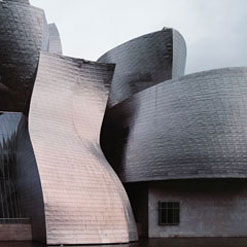Countless is the number of plans and projects concerning new buildings for artworks in China.
In a recent article in The New York Times, A Building Boom as Chinese Art Rises in Stature, Holland Cotter briefly outlines what´s happening at the moment: „Museums – big, small, government-backed, privately bankrolled – are opening like mad. In 2011 alone, some 390 new ones appeared. And the numbers are holding.“
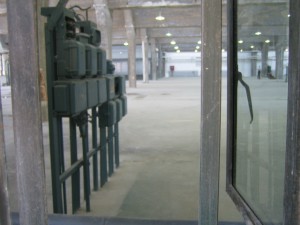
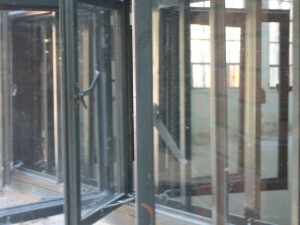 To name but a few:
To name but a few:
Shanghai: The city government of Shanghai recently gave its blessing to a museum of contemporary art, the country’s first government-supported museum of up-to-the-minute work that brings the space to some 2.1 million square feet. The project made it the largest art museum in China and put it among the largest in the world when it opened on Oct. 1st 2012.
Shanghai: The Shanghai museum, popularly known as the Power Station of Art — it’s in a converted 19th-century power plant — is physically spectacular. It opened with a major globalist bang in the form of the 9th Shanghai Biennale which filled the capacious interior and spread out into the surrounding city.
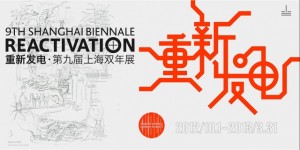
Dunhuang: In the far West of China, at the oasis city of Dunhuang on the edge of the Gobi Desert, another museum, or something like a museum, far less conventional than the Power Station, is under construction. Its purpose is not to attract crowds to new art, but to keep them away from damaging contact with old art, specifically the ancient and rapidly deteriorating Buddhist murals that cover the interiors of hundreds of caves in the Dunhuang area. Painted between the fourth and 14th centuries at a central point on the Silk Road, the caves constitute a virtual museum of cosmopolitan Chinese culture spanning a millennium. Dunhuang pictures. Beijing: The National Art Museum of China in Beijing extended its structure of almost 1.4 million square feet built next to one of the capital’s new landmarks, the National Olympic Stadium.
Beijing: The National Art Museum of China in Beijing extended its structure of almost 1.4 million square feet built next to one of the capital’s new landmarks, the National Olympic Stadium.
Private Museums: These state museums are only the tip of the new-art iceberg, with smaller institutions making up in sheer numbers what they lack in size. Most of the smaller museums are privately owned and financed, e.g. the Minsheng Art Museum or art spaces initiated and supported by an increasing number of wealthy philanthropists and patrons of experimental art, by collectors or entrepreneurs.
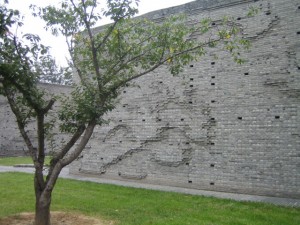 What is it all about?
What is it all about?
Museums, and in any case new ones, answer manifold purposes – desire for architectural landmarks, cultural branding, cultural diplomacy (e.g. cultural strategy known as ”Going Out, Inviting In,” under which the government is giving its blessing to museums’ taking the initiative in offering an array of modern Chinese art for show abroad), national pride, economy boosting, and, well, also offering spaces for displaying and discuss all sorts of art. Most probably a mixture of at least some of these potential reasons…
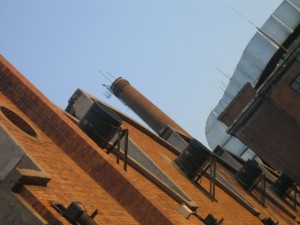
Bilbao Effect
I would like to shed some light on one specific aspect: The construction of museum buildings is also about urban planning and regional or city development.
Ever heard of the Bilbao Effect? The small town Bilbao in northern Spain, capital of the Basque region, was nothing more than a dozy townlet full of industrial left-overs, being in economic decline, with an abandoned river bank full of rusting rails and wagons. But at the beginning of the 1990ies somebody decided to bring in some art & culture – and in 1997 the meanwhile famous Guggenheim-Museum (by Frank O. Gehry) opened its doors.
Not only is it famous for its form, for its deconstuctive architecture but all the more for the economic and touristic stimulus it exerted within the region. Within only a few years, the city of Bilbao and in its surroundings experienced financial growth and prestige. Research showd a direct connection between raising numbers of tourists and the Guggenheim-Museum – the „Bilbao Effect“ therefore refers to the transformative power of a landmark architecture as long as the following criteria are fullfilled: central location, close by waters, with an architecture being innovative, impractical, and provocative.
Further bits:
Browsing through related news at The New York Times.
The Bilbao Effect (wiki).

